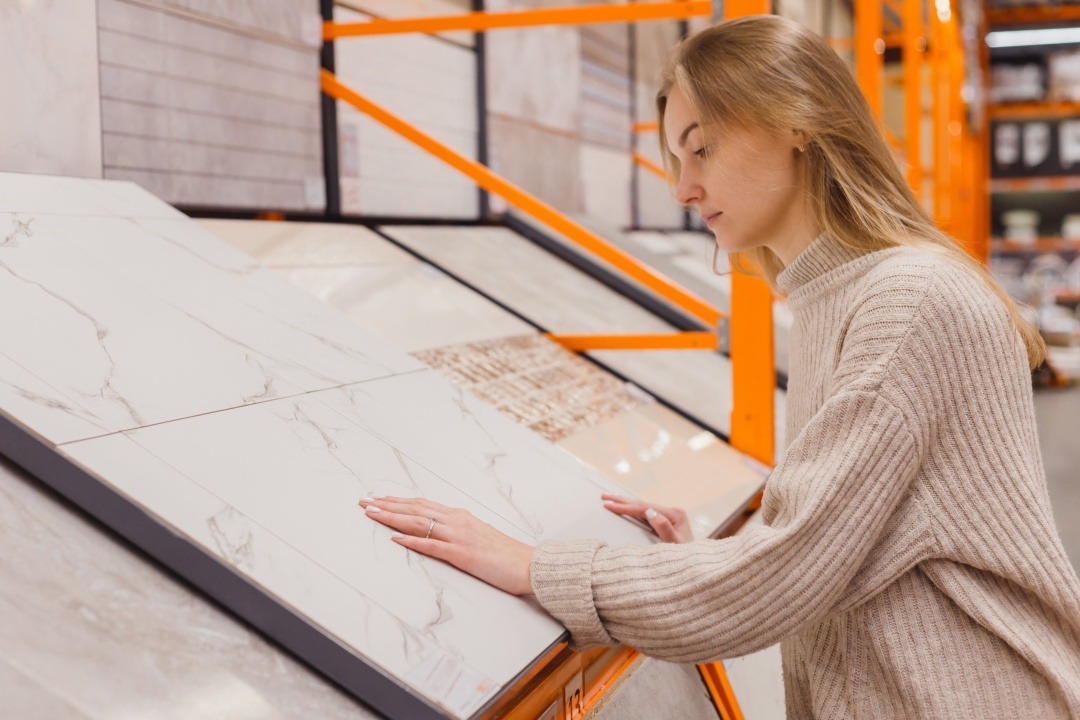In today’s world, the use of eco-friendly materials is of great importance for sustainability and the preservation of natural resources. In the construction and decoration industry, the preference for environmentally friendly materials is increasing steadily. Considering the eco-friendly properties and advantages of marble, the importance of this natural stone becomes even more apparent.
Advantages of Marble as a Natural Resource
Marble is a type of natural stone formed in nature without human intervention. Composed mainly of calcite, marble has formed underground over centuries through geological processes. Therefore, the extraction and use of marble have minimal impact on the environment.
Natural Formation: Marble, by its natural formation, does not require human intervention. Unlike many other building materials, the production of marble does not require tree cutting or chemical processes.
Inexhaustible Resource: Marble can be found in various regions worldwide and is considered an inexhaustible resource. This makes the environmentally friendly use of marble prevent excessive use of natural resources.
Eco-Friendly Production of Marble
In addition to being an eco-friendly material, the production process of marble is also important. Marble can be made more sustainable through the implementation of certain environmental standards in mining and processing processes.
Environmental Monitoring and Tracking: Environmental monitoring and tracking practices at marble mining and processing facilities are important. This minimizes environmental impacts and preserves natural habitats.
Waste Management: Effective management of waste generated during marble processing is essential. Waste reduction and reuse methods can minimize waste generation and reduce environmental impact.
Durability and Longevity of Marble
Marble stands out as an eco-friendly material due to its durability and longevity compared to other building materials. Being more long-lasting than other construction materials, marble reduces the need for resource-intensive replacements, thus minimizing environmental impact.
Longevity: When properly cared for and maintained, marble building materials can last for years. This translates to reduced resource consumption and contributes to environmental sustainability.
Low Maintenance Requirements: Marble is known for its low maintenance requirements. Being naturally durable, this material reduces long-term maintenance costs and promotes more efficient resource use.




